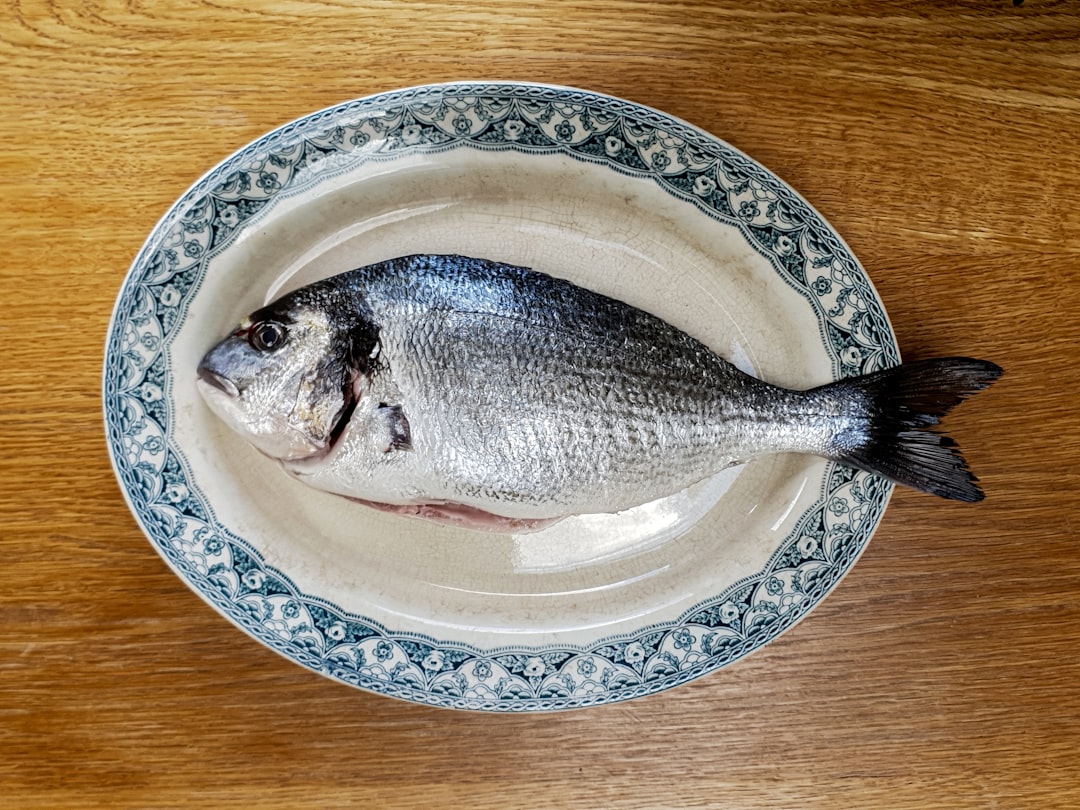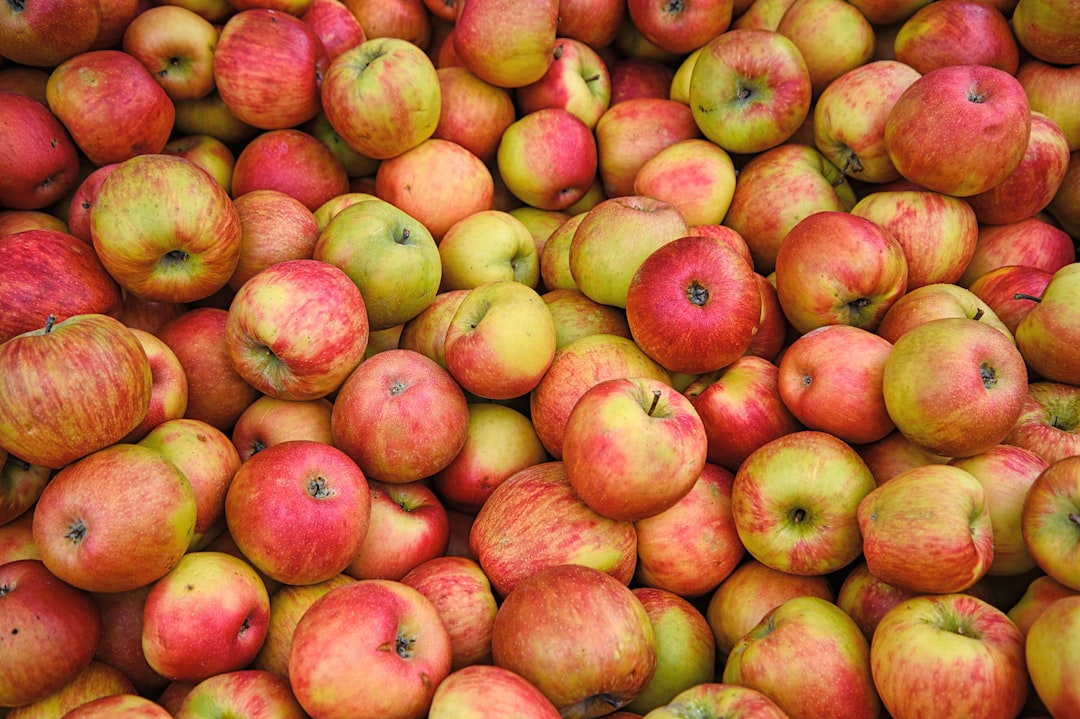
Tarragon, a tender and aromatic herb, has long been a staple in the culinary world. Its unique lightly anise - flavored profile can elevate both sweet and savory dishes to new heights. In this article, we will explore everything you need to know about tarragon, from storage tips to substitutes and the difference between fresh and dried tarragon.
First, let's understand what tarragon is. Tarragon belongs to the sunflower family and is known for its slender, pointed leaves. There are two main types: French tarragon and Russian tarragon. French tarragon is the more prized variety, with a more intense and refined flavor. It is often used in classic French cuisine, such as in béarnaise sauce, a rich and buttery sauce that pairs perfectly with steak.
When it comes to storing tarragon, proper handling is crucial to maintain its freshness and flavor. If you have fresh tarragon, you can store it in the refrigerator. One method is to place the stems in a glass of water, similar to a bouquet of flowers. Cover the leaves loosely with a plastic bag and store it in the fridge. This way, the tarragon can stay fresh for up to a week. Another option is to wrap the tarragon in a damp paper towel and place it in a plastic bag. Make sure to squeeze out as much air as possible before sealing the bag.
If you want to store tarragon for a longer period, you can dry it. To dry fresh tarragon, tie the stems together with a string and hang them upside down in a well - ventilated, dark place. Once the leaves are completely dry, you can remove them from the stems and store them in an airtight container. Dried tarragon can last for several months.
Now, what if you don't have tarragon on hand? There are several substitutes that can mimic its flavor. One popular substitute is anise. Anise has a strong licorice - like flavor, similar to tarragon. You can use anise seeds or anise extract in your recipes. However, be careful not to overdo it, as anise has a very potent flavor. Another substitute is fennel. Fennel has a milder anise - like flavor and can be used in both sweet and savory dishes. You can use fresh fennel bulbs or fennel seeds.
Let's talk about the difference between fresh tarragon and dried tarragon. Fresh tarragon has a more vibrant and intense flavor. Its leaves are tender and can be used whole or chopped in recipes. Fresh tarragon is best used in dishes where its flavor can shine, such as in salads, dressings, and marinades. On the other hand, dried tarragon has a more concentrated flavor. It is often used in cooked dishes, such as stews, soups, and sauces. When using dried tarragon, you need to use less than fresh tarragon because of its concentrated nature. A general rule of thumb is to use one - third the amount of dried tarragon as you would fresh tarragon.
Tarragon can be used in a wide variety of recipes. For a sweet dish, you can make a tarragon - infused custard. Simply heat milk and cream in a saucepan with a few sprigs of fresh tarragon. Let the mixture steep for about 15 minutes, then strain it. Use the infused milk and cream to make a custard base for a delicious dessert. For a savory dish, you can make a tarragon chicken. Marinate chicken breasts in a mixture of olive oil, lemon juice, garlic, and chopped fresh tarragon. Grill or bake the chicken until cooked through, and you'll have a flavorful and healthy meal.
In conclusion, tarragon is a versatile and flavorful herb that can add a unique touch to your cooking. Whether you're using fresh or dried tarragon, or substituting it with other herbs, understanding its properties and how to use it will enhance your culinary skills. So, next time you're in the kitchen, don't hesitate to reach for this wonderful herb and experiment with new recipes.



















